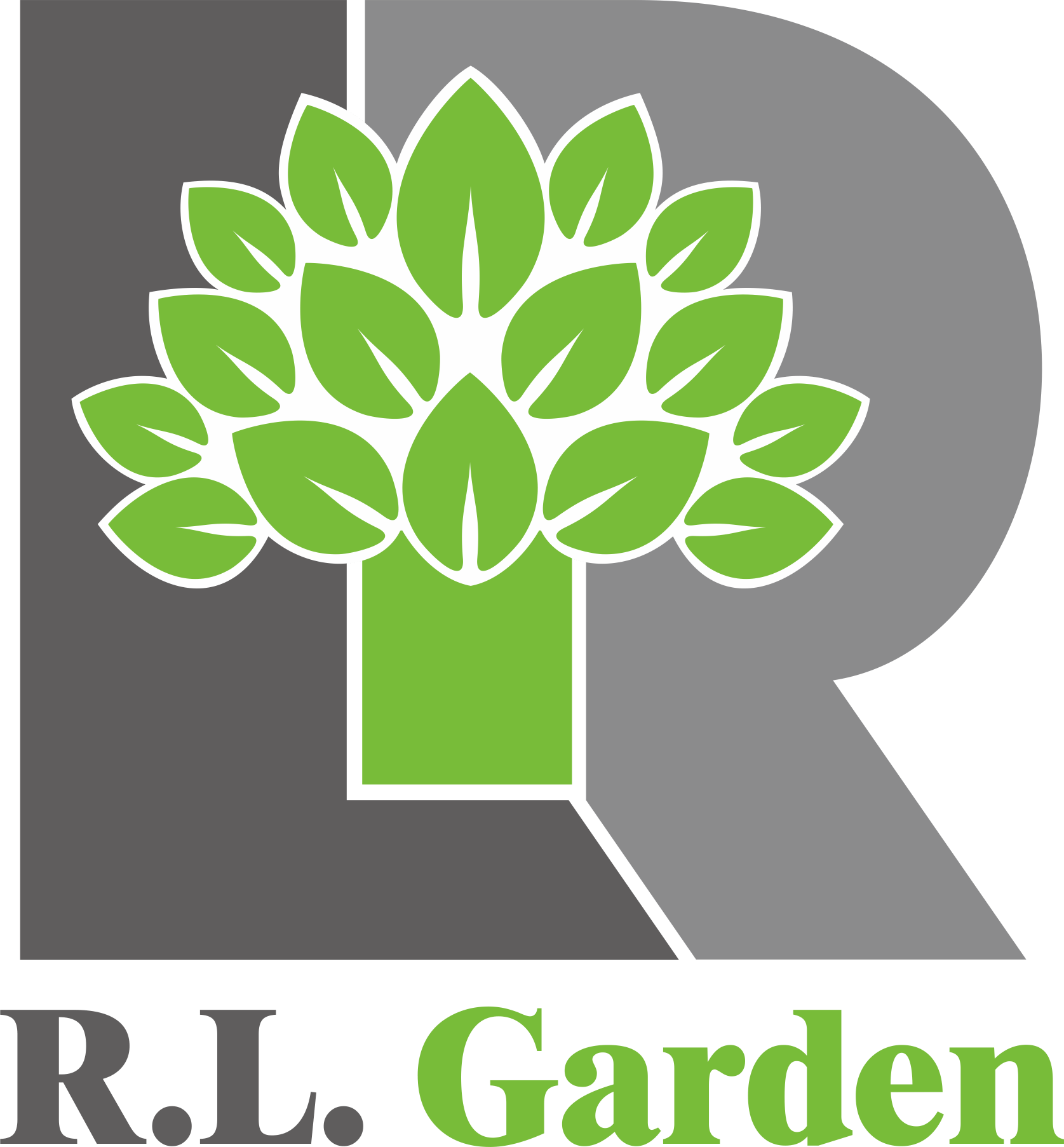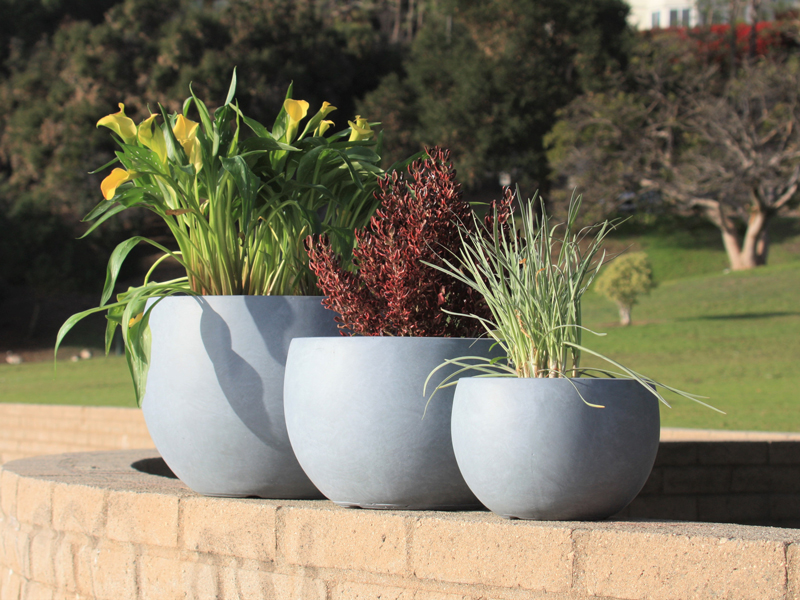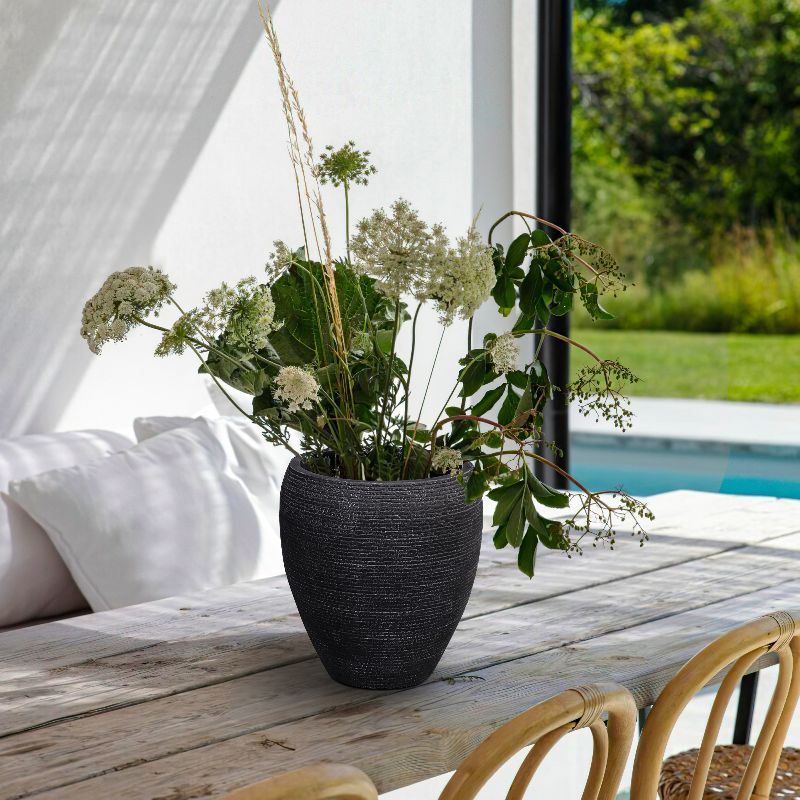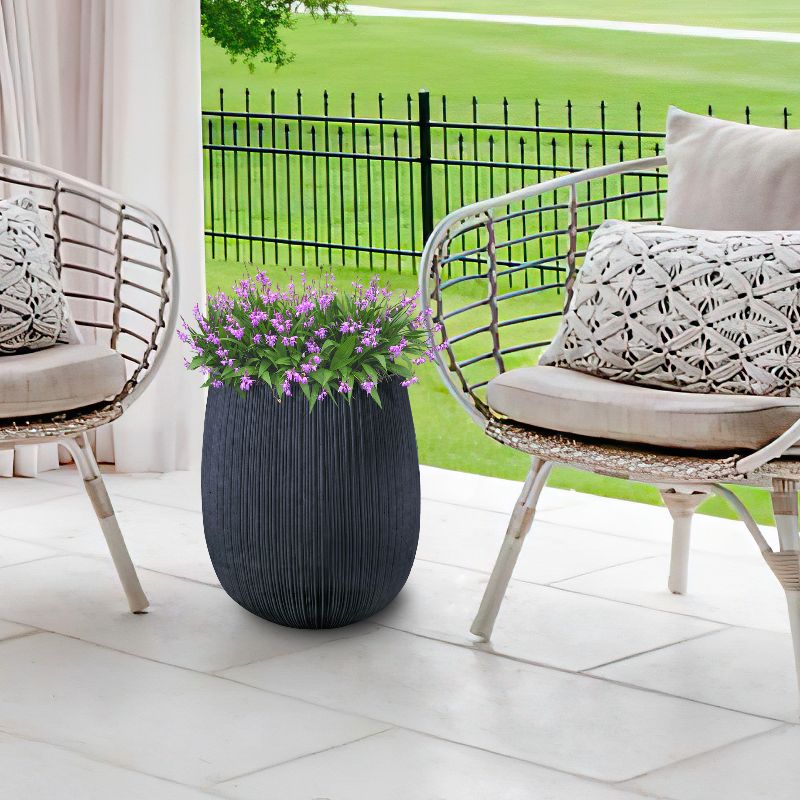What are the main components of fiber clay planters?
Fiber clay planters have witnessed substantial popularity in the domains of gardening and landscaping, owing to their unique composition and visual allure.
The principal constituents of fiber clay planters typically encompass a combination of natural substances that contribute to their durability and lightweight nature.
*Clay*
It serves as the fundamental element that confers structure and stability to the planter. Clay is renowned for its moisture-retaining capabilities, which are beneficial for facilitating plant well-being. This characteristic allows plants to access water over an extended period, reducing the frequency of watering required by gardeners. Additionally, clay's porous nature enables air circulation within the soil, promoting healthy root development.
*Fibers*
A diversity of fibers, including coconut coir or synthetic substitutes, are incorporated to enhance both strength and flexibility. These fibers efficiently reduce the overall weight of the planter while maintaining its structural integrity over time. The inclusion of such materials not only contributes to ease in handling but also provides resilience against physical impacts during transportation or placement in various garden settings.
**Additives**
To enhance weather resistance and durability, manufacturers often incorporate additives such as resin or other binding agents into the formulation. These substances also help in minimizing cracking during temperature variations. By improving resistance against environmental factors like UV radiation and extreme temperatures, these additives extend the lifespan of fiber clay planters significantly compared to traditional materials.
**Colorants**
A large number of fiber clay planters incorporate colorants either blended within the material or applied as a surface coating. This offers a wide range of aesthetic choices that can synchronize with various garden styles. Color options may include earthy tones that blend seamlessly with natural surroundings or vibrant hues designed to make bold statements in outdoor spaces.
**Drainage Features**
Although not always categorized as core components, efficient drainage holes are vital in many designs to avoid water accumulation at the base, thereby fostering healthy root growth for plants. Proper drainage is essential because stagnant water can lead to root rot—a common issue among potted plants—thus ensuring optimal conditions for plant health is crucial for any gardener aiming for success.
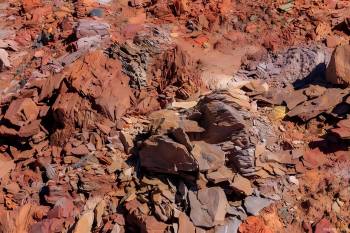
Clay Pot Material
In addition to these primary components, it is important to consider how fiber clay planters fit into broader trends within gardening practices today:
- As sustainability becomes increasingly prioritized among consumers worldwide, products made from eco-friendly materials gain traction; thus fiber clay planters align well with this movement due largely due their use of natural ingredients.
- Furthermore, advancements in manufacturing techniques allow producers greater flexibility when designing shapes and sizes tailored specifically towards modern urban gardens where space may be limited yet aesthetics remain paramount.
- Lastly—the versatility offered by these containers makes them suitable not just outdoors but indoors too; they serve effectively on patios balconies terraces even inside homes providing opportunities for indoor gardening enthusiasts who wish cultivate greenery regardless available sunlight exposure levels outside.
Nevertheless, fiberclay pots still possess quite a few disadvantages.
**Durability concerns**
Although fiber clay pots are relatively lightweight and easy to handle, they might break or get damaged in extreme weather conditions (like strong winds, freezing temperatures, and so on). This is because the material might not be stable enough when the temperature changes, especially in cold climates where water seeping in and freezing can harm the structure.
**Water absorption issue**
Fiber clay has a certain level of permeability and water absorption, which is good for the breathing of plant roots. However, if there's excessive watering or high humidity, the inside of the pot might hold too much water, causing root rot. For instance, when used in humid areas, special attention should be paid to the drainage situation.
**Color fading problem**
Many fiber clay pots have colors or patterns on their surfaces, but these colors can easily fade when exposed to sunlight. Long-term exposure to ultraviolet light can affect the appearance. For example, some bright red or blue pots might become dull after several months of sun exposure.
**Cost factor**
Compared to traditional ceramic or plastic pots, high-quality fiber clay products are typically more costly. This makes some consumers need to think about their budget limits when choosing.
**Weight issue**
While they are generally lighter than ceramic pots, some larger designs can still be quite heavy. This weight could cause inconvenience when you need to frequently move the plant to a different place.
Why do we recommend GRC planters?
First of all, the GRC material boasts excellent weather resistance and corrosion resistance, enabling the planters to maintain stable performance under diverse weather conditions and be less influenced by the external environment. Secondly, in contrast to traditional ceramic or plastic planters, GRC planters have a moderate weight, facilitating their movement and placement while also being robust enough to prevent breakage. Additionally, GRC material can undergo various surface treatment techniques to achieve different styles and colors, satisfying consumers' demand for aesthetics.
Furthermore, GRC planters usually have good air permeability, which assists plant roots in breathing and promotes healthy plant growth. Simultaneously, this material can effectively regulate soil moisture, offering a more ideal growing environment for plants. Regarding environmental protection, GRC materials are recyclable and have a minor impact on the environment, making them increasingly favored among gardening enthusiasts and professionals.
In conclusion, we strongly recommend the use of GRC planters because they excel in durability, functionality, aesthetics, and environmental friendliness, making them highly suitable for various applications such as home gardening, public landscaping, and commercial space decoration.
